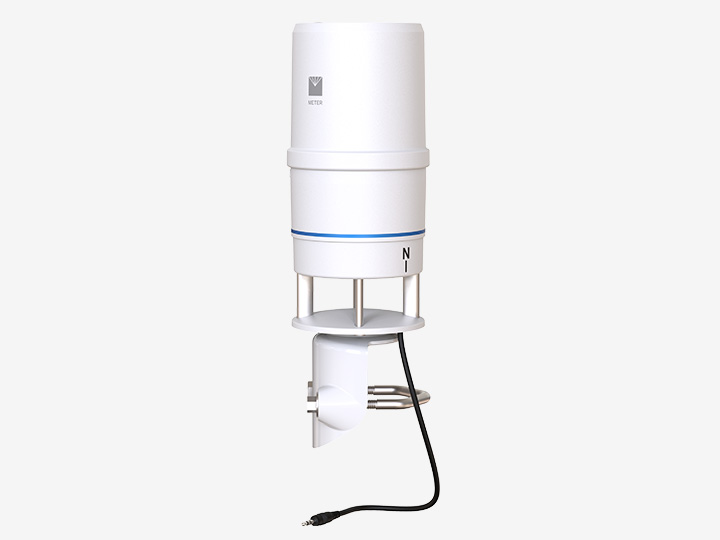In a world where accurate weather data can be the difference between thriving communities and devastating losses, Africa faces a critical challenge: vast regions of the continent lack reliable meteorological information.


A BOLD VISION: 20,000 WEATHER STATIONS
This gap leaves millions of people, particularly farmers and rural communities, vulnerable to floods, droughts, and the unpredictable effects of climate change. Recognizing this pressing need, in 2014, Professors John Selker of Oregon State University and Nick Van der Giesen of Delft University of Technology embarked on an ambitious journey to transform weather data collection across Africa. They co-founded the Trans-African Hydro-Meteorological Observatory (TAHMO). Their goal—install 20,000 weather stations across sub-Saharan Africa, to deliver real-time, research-grade data to communities, schools, and industries.
Ten years later, how far have they come?
A DECADE OF INNOVATION AND COLLABORATION
Over the past decade, TAHMO has made significant strides. In partnership with METER and many members of the African community, TAHMO installed 700 durable, research-grade ATMOS 41 and ATMOS 41W weather stations specifically designed to withstand Africa’s harsh climates and be easily installed in remote areas. These affordable, low-maintenance stations have been instrumental in helping TAHMO further its reach.
Initially aimed at helping researchers access reliable, open-source weather data, TAHMO’s reach has expanded to support industries like agriculture, mining, flood prediction/management, and schools across the continent. Schools now integrate weather data into their curricula, enabling students to apply real-world data to math and science lessons.

UNLOCKING AFRICA’S GLOBAL AGRICULTURAL POTENTIAL
TAHMO’s services help local communities manage water resources and make informed agricultural decisions, such as pest management and irrigation scheduling. Their accurate weather data enable farmers to obtain crop insurance when their yields are impacted by extreme weather events. This could positively impact global food resources as the continent of Africa contains 60% of the unused farmable land worldwide. And TAHMO is exploring new services like soil moisture monitoring with TEROS 12 sensors to help growers understand soil water and salt balances for data-driven fertilization scheduling decisions.

THE ROAD AHEAD: 20,000 STATIONS AND BEYOND
Attempting to cover a vast continent stretching over 24 million km3 (9 million mi3) has been no easy feat. With no cost to national governments, many potential collaborators were suspicious, since the offer — a privately funded hydro-meteorological network with open-sourced data — seemed too good to be true. Some agencies took up to five years to come to sensor placement agreements. Yet, though limited resources and regional conflicts have at times slowed progress, TAHMO continues to press toward its mission. Their goal remains to install 20,000 weather stations, aiming at a more sustainable, data-driven future for Africa.
METER congratulates our friends at TAHMO for their groundbreaking work, and we're excited to join them in their journey towards growing public awareness and access to thorough and accurate hydro-meteorological data.

Case studies, webinars, and articles you’ll love
Receive the latest content on a regular basis.


